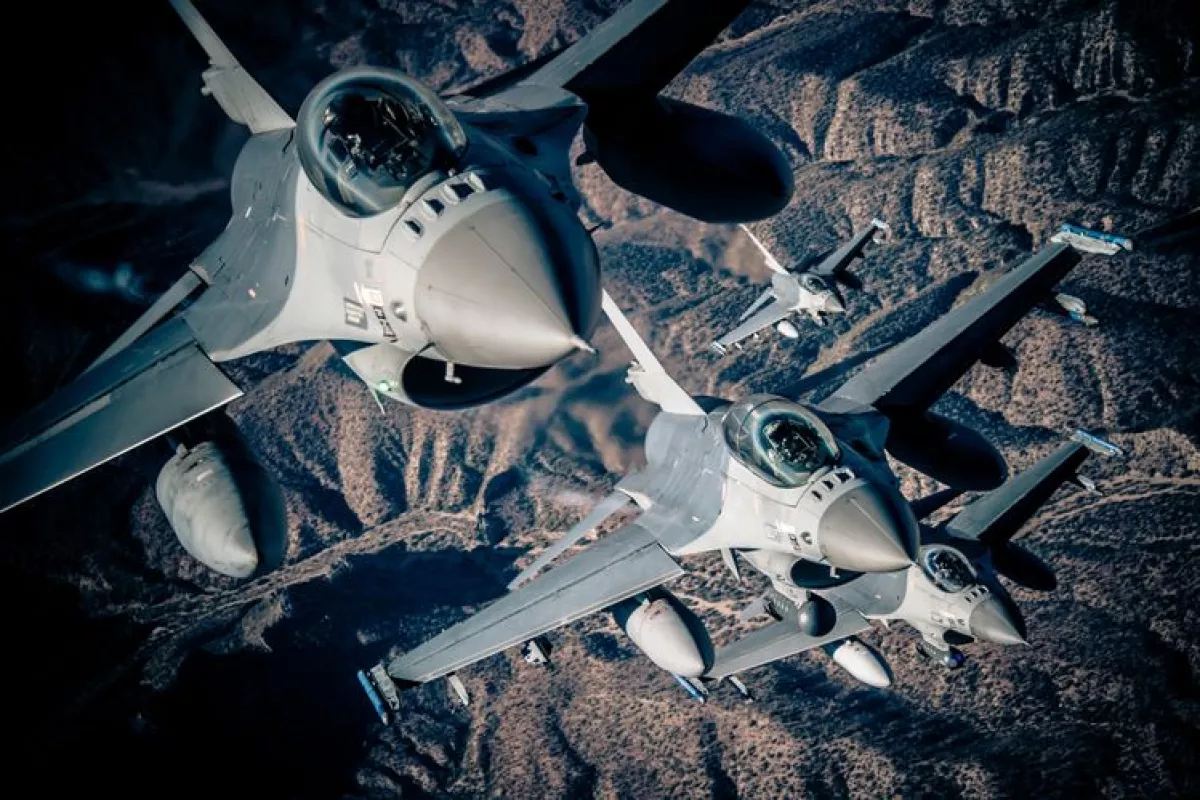In order to protect the venerable F-16 fighter from modern electronic threats, Northrop Grumman has put its AN/ALQ-257 Integrated Viper Electronic Warfare Suite (IVEWS) up against a series of "attacks" from the US Air Force Laboratory Intelligence Validated Emulator (LIVE) testing system.
When it first flew in the early 1970s, the General Dynamics F-16 Fighting Falcon fighter had a reputation among the more skeptical as a warplane that simply wasn't up to doing any job very well. Half a century later, it turned out to be one of the most successful fighters of the Cold War. It evolved into a multi-role aircraft, with 4,600 built and variants still being made for the export market.
However, such success carries its own price. Part of the price of the F-16 is that an airframe that debuted in the 70s has to deal with the threats of the 2020s. That means providing a constant stream of upgrades, including new countermeasures that can be retrofitted to existing aircraft.
The IVEWS is a fully digital system based on a secure, modular, open design to create a receiver/exciter that can rapidly deal with electronic attacks across an ultra-wide band of the electromagnetic spectrum, coming from all directions.
To test its effectiveness, engineers hooked up the IVEWS to the LIVE system. The latter fed simulated air defense radar pulses directly into the IVEWS in a way that realistically reproduced the effects of an electronic attack, which Northrop Grumman says it countered as expected. It may seem a bit like cheating, but this use of a direct feed instead of going through radar antennas and other sensors is a common practice that allows engineers to eliminate all variables except the important ones for the test.
"As advanced radio frequency threats continue to proliferate, the protection afforded by IVEWS is essential," said James Conroy, vice president, navigation, targeting and survivability, Northrop Grumman. "This successful evaluation under very challenging conditions is an important step on the path to fielding the suite."
Source: Northrop Grumman





